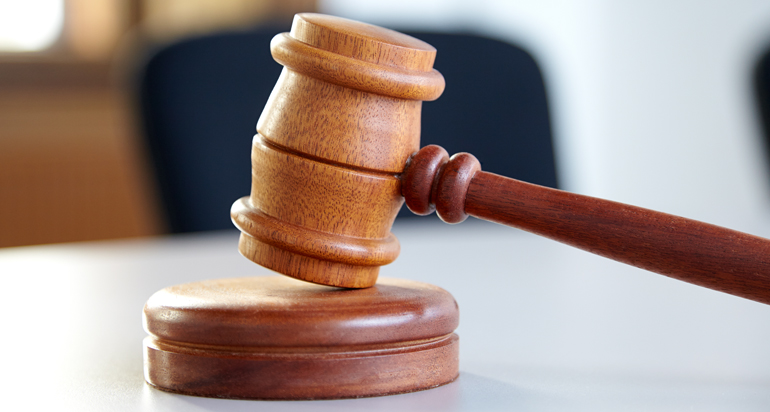
On February 11, 2019, the Lieutenant Governor in Council (“LGC”) amended the Supreme Court Civil Rules to limit the use of experts in vehicle actions. According to the new Rule 11-8, each party to a vehicle action would only be allowed to tender at trial up to three expert opinions on the issue of damages arising from personal injury or death. The limitation did not apply to experts retained to comment on liability. The parties could potentially rely on more than three expert reports either through an agreement, by application to the court, or by agreeing to retain joint experts. The limitation was scheduled to apply to all personal injury actions after February 1, 2020.
In the recent reasons for judgment in the case of Crowder v. British Columbia (Attorney General), 2019 BCSC 1824, Chief Justice Hinkson has declared Rule 11-8 unconstitutional and of no force or effect.
In Crowder, the petitioners, Mr. Crowder, a claimant in a vehicle action, and the Trial Lawyers of British Columbia, argued that Rule 11-8 was unconstitutional for three reasons:
- Rule 11-8 was contrary to the convention that requires such changes to be proposed or approved by the Committee;
- Rule 11-8 was not authorized by the Court Rules Act;
- Rule 11-8 was unconstitutional because it contravened s. 96 of the Constitution Act, 1867 by inhibiting the power of the Supreme Court of British Columbia to control its process and by denying access to the court to litigants.
With respect to the first ground, Chief Justice Hinkson declined to determine if the convention contended for by the petitioners exists and further determined that a court cannot enforce a convention through its mandatory jurisdiction.
On the second ground, Chief Justice Hinkson found that portions of Rule 11-8 were ultra vires the Court Rules Act (i.e. beyond the legal authority endowed by the Act) and were inconsistent with the object of the Act and the scope of the statutory mandate.
Chief Justice Hinkson found that under the Act, the LGC’s rule making authority is restricted to addressing matters of practice and procedure and that it has no express authority to effect a change in substantive law through rules of civil procedure. He further found that Rule 11-8 did not merely address a matter of practice and procedure but in essence prevented the proof of facts relating to damages by categorically barring the use of expert evidence that would otherwise be admissible. In other words, by limiting the number of experts retained separately by each party, the LGC had pre-determined what will constitute sufficient adversarial evidence on the issue of damages, which in turn had the effect of impinging on substantive rights of litigants to present their case in court.
On the third ground, Chief Justice Hinkson found that Rule 11-8 contravened s. 96 of the Constitution Act, 1867 by infringing on the court’s core jurisdiction to control its process and compromised and diluted the role of the court. Chief Justice Hinkson found that Rule 11-8 was inconsistent with the traditional means of litigating legal disputes in Canada as it effectively asked the court to play an investigatory function by appointing expert witnesses or deciding whether a party had sufficient expert witnesses rather than play an impartial, adjudicative role. He went on to reason that our mode of trial procedure is based on the adversarial system, which assumes that litigants will fully and diligently present all materials facts which have evidentiary value in support of their respective positions and that an impartial court will consider the evidence in order to arrive at a decision in the matter. By transferring the responsibility of ensuring that there is relevant evidence upon which to decide the issues in a personal injury case from the parties to the court, Rule 11-8 intruded upon a core function of the court to decide a case fairly upon the evidence adduced by the parties.
Having found that Rule 11-8 contravened s. 96 on that point, he declined to make a finding on whether the rule also denied access to justice for litigants.
In light of the decision in Crowder, the Lieutenant Governor in Council may attempt to amend Rule 11-8 and propose a new version of the rule. However, based on the reasoning set out in Crowder, it seems unlikely that any limitation to the number of experts that a party can rely on, without at least some residual discretion for the Courts, will be upheld.
While Rule 11-8 remains part of the Supreme Court Civil Rules for the time being, it will not be enforced by the courts. We expect that the court will issue a practice directive shortly instructing litigants on how to deal with the rule in light of this decision while the legislature either works to repeal the rule or decides whether to appeal the Crowder decision.


